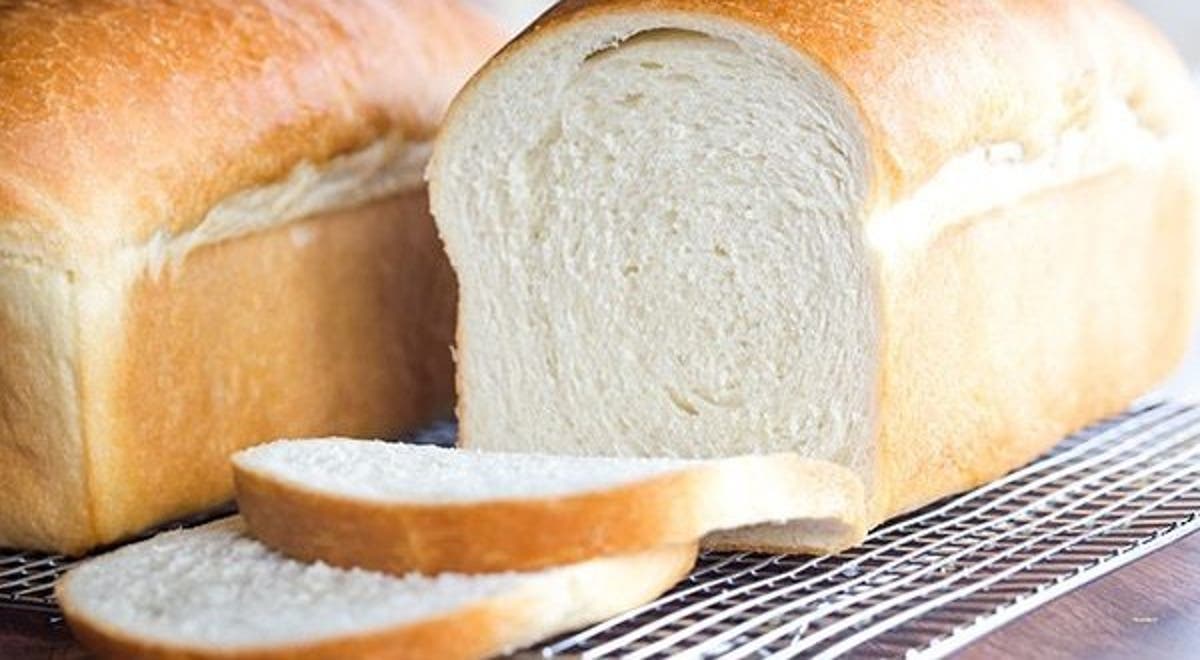Bread price shoots to US$2
A STANDARD loaf of bread now costs more than US$2 after its price shot up by 30% to $345.
This follows an increase in the price of flour seven days ago by 17%.
The Grain Millers Association of Zimbabwe (GMAZ) last Thursday increased the prices of maize and wheat by 50% and 17,8%, respectively.
As a result, the price of a 10kg bag of roller meal rose from $1 099 to $1 665, but a loaf of bread traded unchanged until the latest increase.
With the official exchange rate at US$1:$150, it means Zimbabwe’s loaf of bread is now the world’s most expensive dough.
However, most retailers are still selling it at US$1 as they are largely tracking the parallel market exchange rate of US$1:$350.
The increase in local dollar terms will heavily weigh on workers, who are still earning salaries in the local currency.
Confederation of Zimbabwe Retailers president Denford Mutashu confirmed the hike in bread prices, saying there was no justification for it as manufacturers were the major beneficiaries of the foreign currency allocations from the central bank.
“The bread price increases are not justified. As retailers, at most we only put a 10% mark up on the bread price. In essence, retailers do not have control over the price of bread. It is unfortunate that retailers, however, suffer the blame of unjustified bread price hikes from consumers, when manufacturers are the ones who peg the prices,” he said.
“There is no doubt that the price is unaffordable to many ordinary citizens. What we advise retailers to do is to focus on the production of in-store bread, which is relatively cheaper than bread from the bigger bakeries.”
GMAZ president Tafadzwa Musarara recently warned of possible bread shortages in the country following a move by the Ukraine army to suspend loading of shipping vessels to South East Asia, the Middle East and Africa.
According to GMAZ, the country was currently consuming 16 000 tonnes of bread flour per month and approximately 1,2 million loaves of bread per day.
Recently, Musarara said Zimbabwe would require to import 155 000 tonnes of wheat to mitigate the variance between local production and national demand.
But economists said the bread price hike was a reflection of how the local currency continues to depreciate against the greenback.
“The price hike is clear proof that bread manufacturers are not using the official exchange rate and, in actual fact, no one in his or her rightful mind is using that rate,” economist Gift Mugano said.
“The cost of bread is still US$1, which is tallying with the parallel market exchange rate of $320 against the US$. It is very unfortunate that Zimbabwe is under a massive distortion of the exchange rate which is in three forms: the auction exchange rate, the interbank rate and the black market. As it is now, the official exchange rate is irrelevant. It has been disregarded. Policymakers should admit to this fact and disband the official exchange rate that has been overtaken by the parallel market rate which is now controlling the economy.”
Another economist Christopher Mugaga said: “The local exchange rate cannot be used to explain the bread price hikes, especially on wheat, a product which is imported from non-United States economies. What it is simply showing is that our currency is depreciating its value, resulting in constant price hikes of commodities, which is inflation.”-newsday











